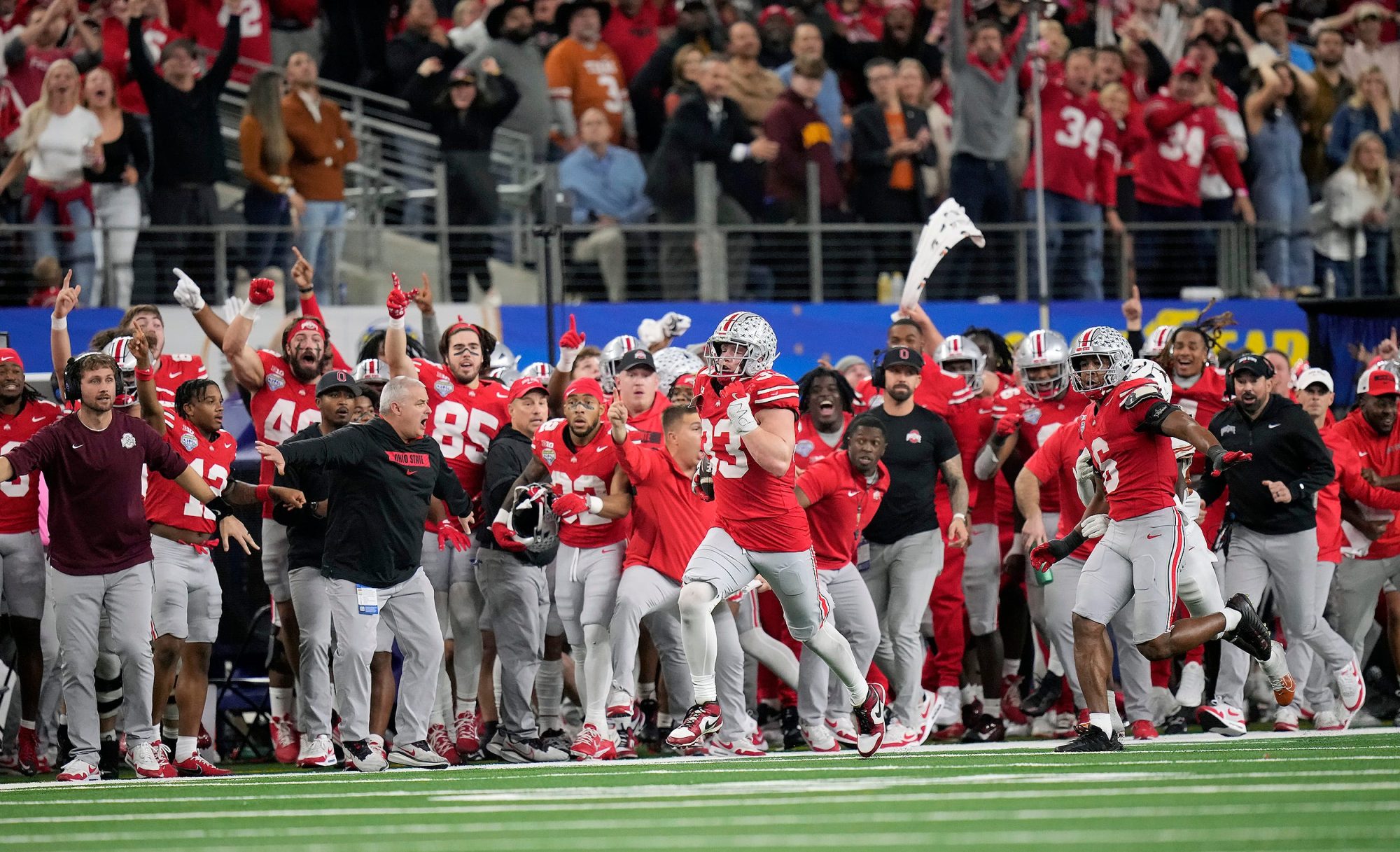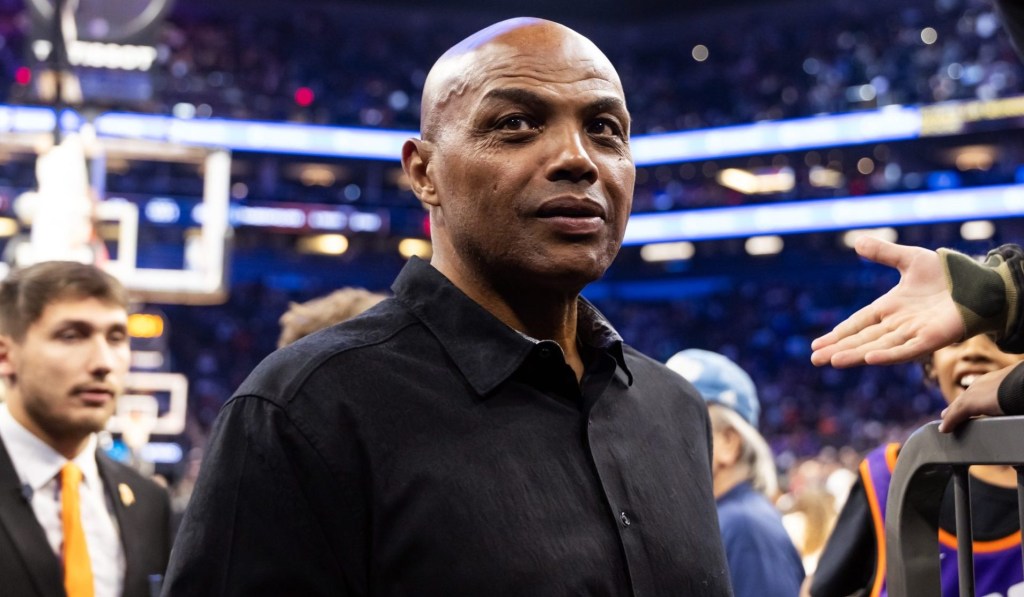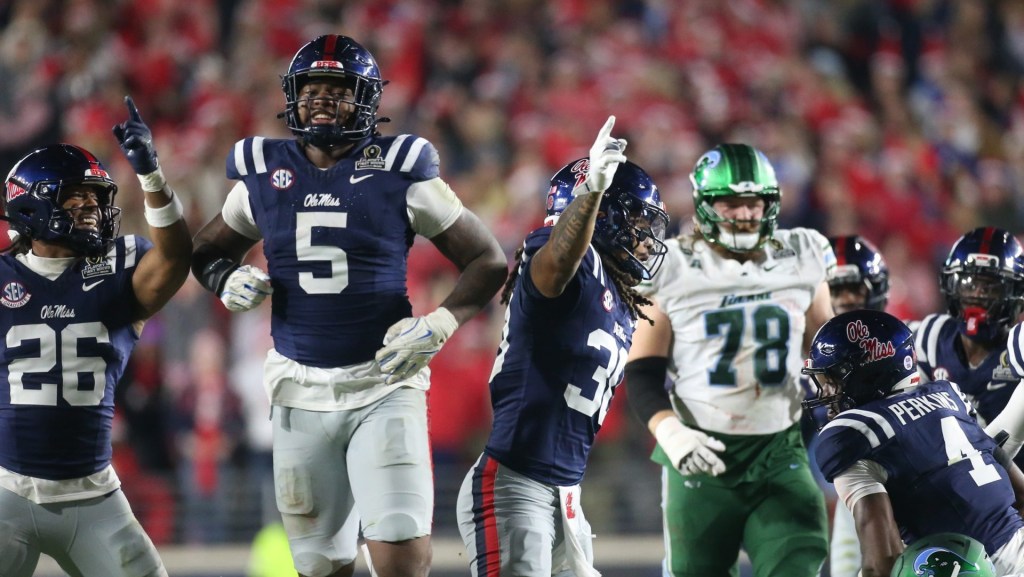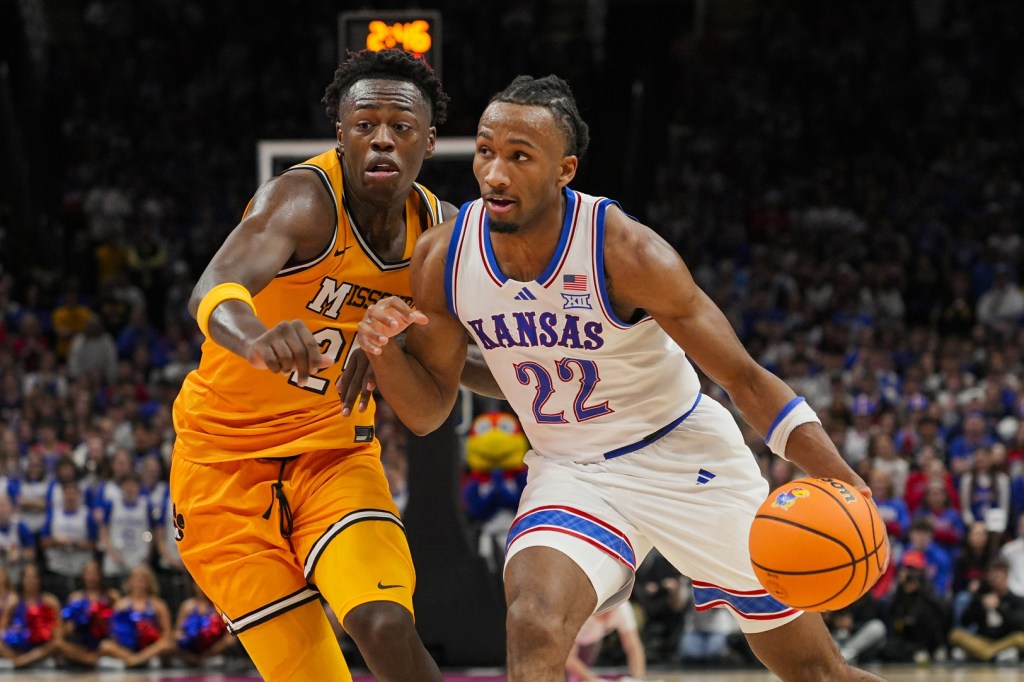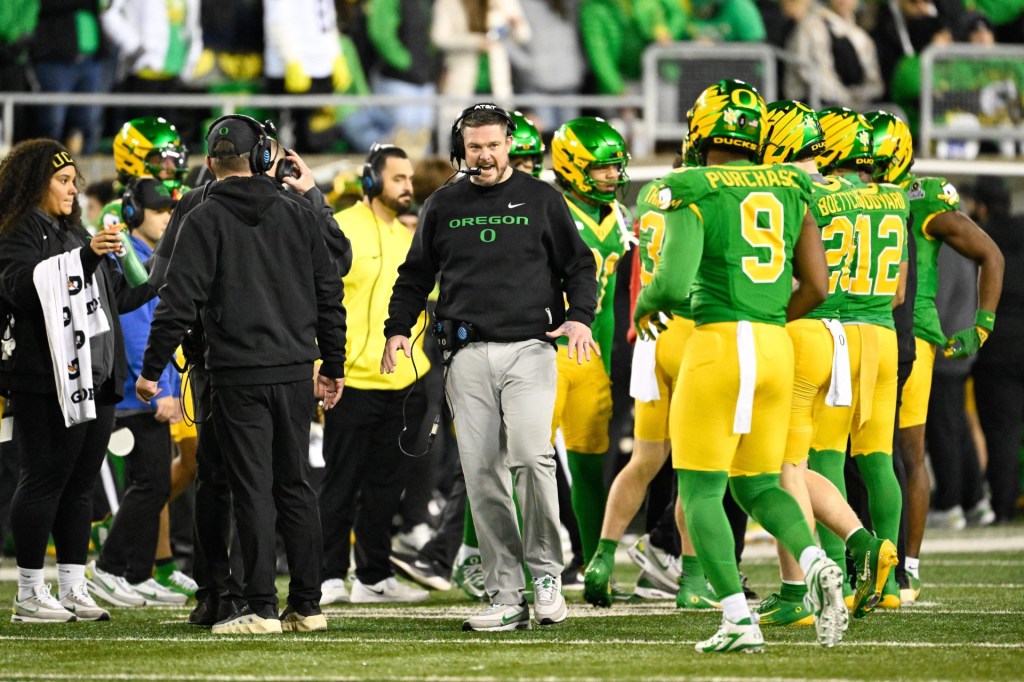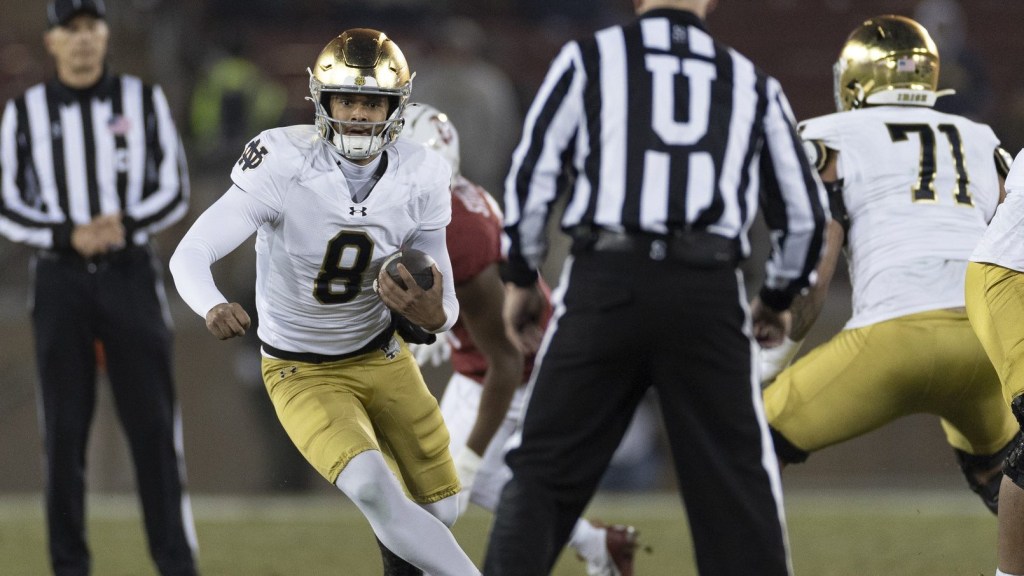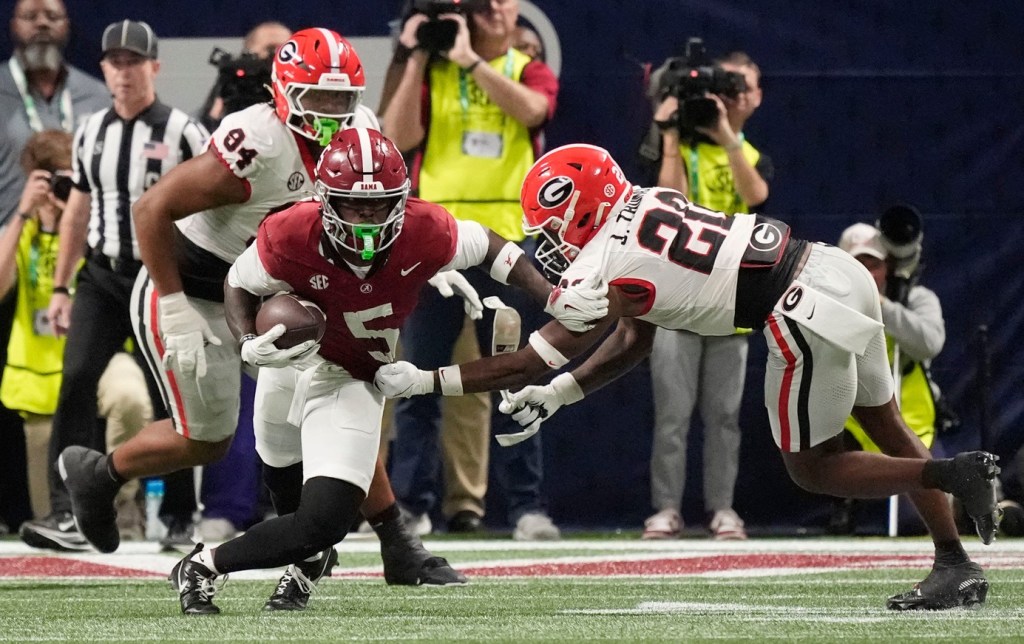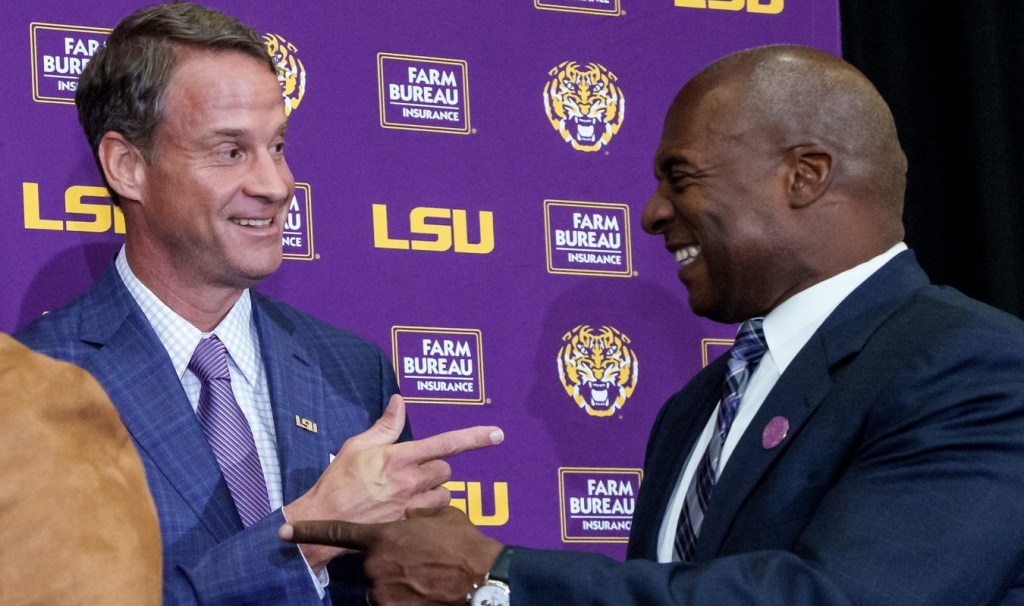Just one year ago, it was anyone’s guess how the new College Football Playoff format would actually work. But since then, the CFP has gone from a four-team, two-week event to a 12-team, monthlong extravaganza. It staged on-campus Playoff games for the first time in history, awarded more than $100 million to conferences and independent Notre Dame, and showcased the sport’s parity with several postseason newcomers.
After a long weekend of festivities in Atlanta, the event will culminate in the national championship game on Jan. 20, which will feature two historic college football juggernauts in Notre Dame and Ohio State.
Even during the event, the inaugural 12-team CFP faced multiple logistical issues, and it has generated plenty of criticism from the early-round on-field product to the seeding. But the expanded Playoff has already achieved undeniable success—from viewership and ticket sales to revenue distribution.
After more than a decade of experiments, college football appears closer than it’s ever been to perfecting the championship process.
The first round was precarious. Two of the four host schools had less than two weeks’ notice that they would stage a campus Playoff game.
Snow and frigid temperatures were in the forecast for three of the four sites. A somewhat rural area like South Bend had never hosted an event this big, and as a result hotel prices soared, with many media members taking up lodgings up to an hour away.
But the CFP, along with ESPN and TNT (which broadcasted two first-round games), spent months planning logistics with schools, from ticket sales to in-game promotions. The snow didn’t deter the Fighting Irish from hosting a picture-perfect event, complete with ESPN’s College GameDay broadcast in the shadow of the “Touchdown Jesus” mural, with thousands of bundled-up fans screaming the entire three-hour broadcast. The last-minute scramble didn’t concern Texas officials, who added all the normal game-day flavor to their pregame festivities and hosted a sellout crowd.
The biggest criticism: the on-field product. The higher seeds won all four games with double-digit margins. Disgruntled Alabama fans pointed to a dismal SMU performance as a reason their blueblood program should’ve gotten in over the Mustangs. Indiana’s 27–17 loss to Notre Dame made some wonder whether, despite the novelty of a first-time CFP member, the 12-team format itself was wholly unnecessary. Some floated chopping the postseason to eight teams.
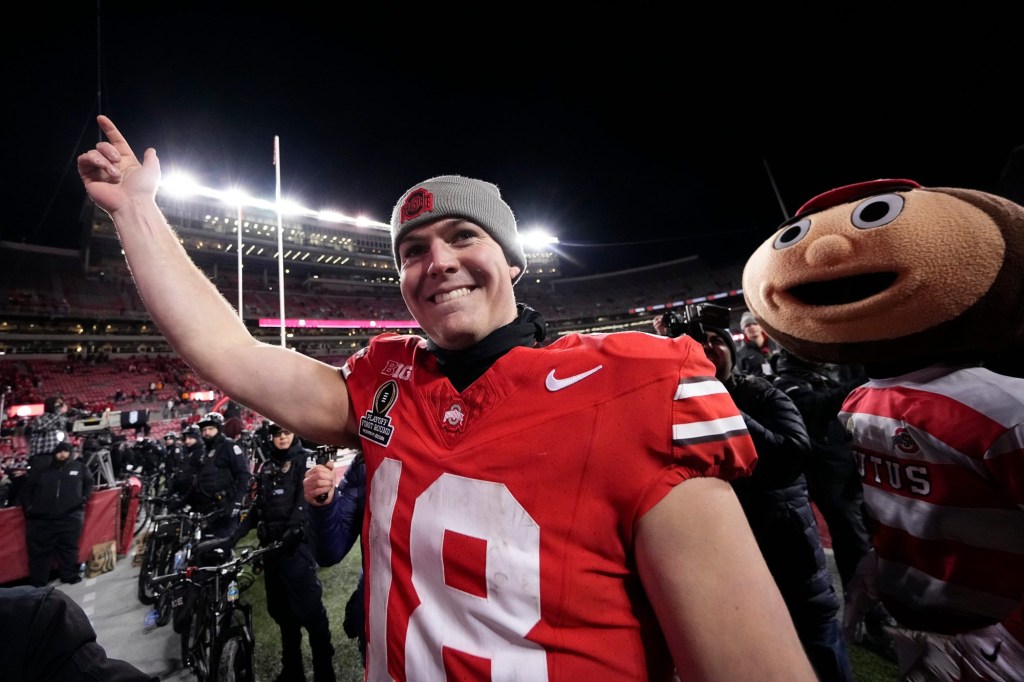
But the metrics told a different story. More than 400,000 fans flocked to four sold-out stadiums over the two-day period. Penn State’s win over SMU set a CFP record, with more than 106,000 fans packed into Beaver Stadium. The four events averaged 10.6 million viewers, with the Saturday night primetime Tennessee–Ohio State matchup notching an average of 14.3 million. ESPN said the numbers bested the four non-CFP New Year’s Six bowl games from the 2023–2024 season.
Despite the lopsided games, the campus backdrop was so popular that fans asked to move future quarterfinals to home sites.
“What an environment for college football this was,” Texas coach Steve Sarkisian told reporters after Texas beat Clemson. “I think college football got this one right.”
The quarterfinal and semifinal rounds were all staged as New Year’s Six games, ensuring college football’s famous venues would maintain significance in the expansion era. The only difference: the semifinal hosts, the Orange and Cotton bowls, had to push their events back a week.
But in the early hours of New Year’s Day, the CFP faced a circumstance no one could have foreseen, when a truck rammed through New Orleans partygoers on Bourbon Street. After the deadly attack, which the FBI is investigating as an act of terror, the Sugar Bowl made a last-minute decision to push back the event one day for safety reasons.
“For us, how you handle those unpredictable moments determine how successful your life [is] … and how successful you are in this game of football,” Notre Dame coach Marcus Freeman told ESPN before the game. “We mourn for those that are truly affected by the events. We have to handle the unpredictable moments and move forward as a program.”
Armed with extra security, the game was played safely, and the crowd was raucous and celebratory despite the fact that many fans who had traveled to the Big Easy couldn’t stay the extra day.
The four games averaged 16.8 million viewers; even Ohio State’s blowout win over Oregon in the Rose Bowl earned 21.1 million viewers. Despite an unexpected afternoon time slot on Jan. 1, the Sugar Bowl garnered 15.8 million. (Get-in prices for ticket sales weren’t exactly historic, however.)
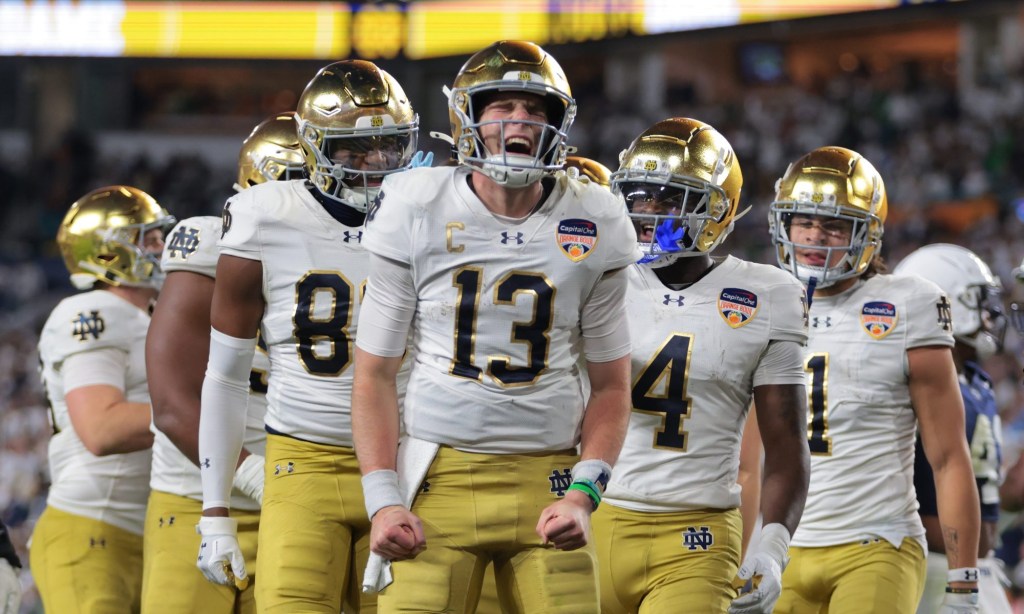
But the CFP still couldn’t shake mounting criticism after all four conference champions lost—particularly about whether the top four seeds should be determined based on overall ranking, whether the bracket should be re-seeded after the first round, and whether automatic bids should be obsolete.
SEC commissioner Greg Sankey, clearly disappointed that his league hadn’t fared better in the 12-team format, has already begun lobbying for changes. “I’ve not had a lot of conversations yet about people’s interest in adapting,” Sankey told The Athletic after Georgia lost to Notre Dame. “I would hope there is interest.”
Before the Orange Bowl, Penn State head coach James Franklin criticized Notre Dame’s path to the national semifinal as an independent that didn’t have to survive a conference championship. But Notre Dame beat Penn State in a vindicating, down-to-the-wire win. On Friday night, Ohio State pulled away from Texas late to notch another major win for the program and the Big Ten. Ahead of the national championship, the CFP has doled out $116 million in prize money.
The monthlong celebration of the most popular college sport will culminate in just over a week. The Fighting Irish will be playing for their first national championship since 1988. And the Buckeyes can match their historic win in the inaugural CFP with the first of the expanded era.
It’s not over yet. But the 12-team Playoff has already delivered.
